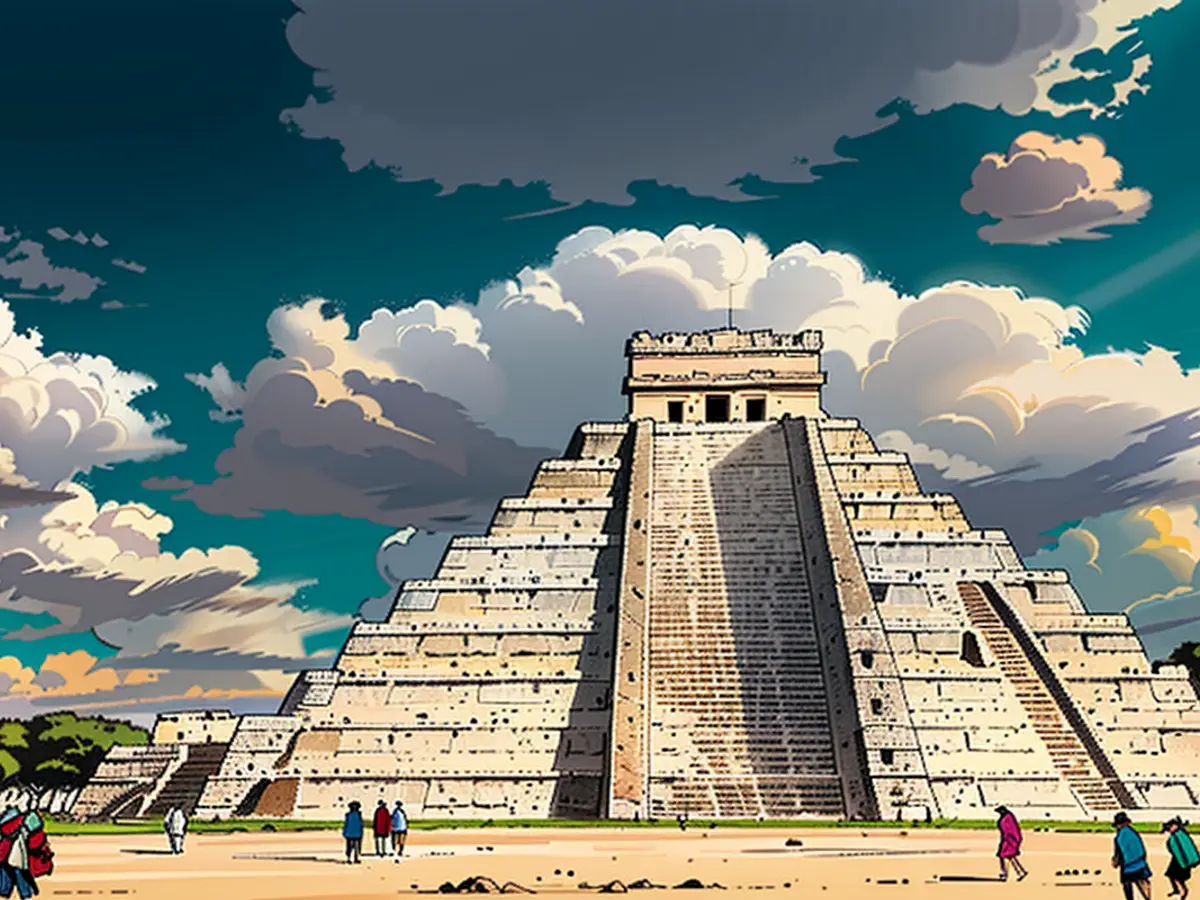Maya offered multiple sets of fraternal twins.
The ancient Maya had a rich culture, but it was also marked by ritual human sacrifices. Some researchers believed that mostly females were the ones offered to the gods. However, a recent analysis tells a different story.
Chichen Itza in southern Mexico, a significant Maya power center, is known for its impressive architectural structures like temples and pyramids. There are also remnants of human sacrifices, including bones and carvings. Past studies surmised that it was primarily girls and women who were the subjects of these rituals. But a group of researchers led by Rodrigo Barquera from the Leipzig Max Planck Institute for Evolutionary Anthropology (MPI EVA) have disproven this theory.
Chichen Itza has a fascinating history. It was an influential city in the Yucatan Peninsula of Mexico and attracted people from all over the region. After the fall of the Maya empire, this city continued to thrive until the arrival of the Spanish conquerors. Within its territory, archaeologists discovered numerous vestiges of ritual killings. However, there was uncertainty over the purpose and context of these sacrifices. Some hypothesis suggested they were intended to enhance agricultural outcomes, including better harvests and rainfall.
Many of the sacrificed were juveniles. It was thought that female adolescents were preferred. But newer examinations indicated several of the older youths were males.
Barquera's team took a closer look at the remains of 64 children discovered in an underground chamber called Chultun, likely a water cistern used from the 7th to 12th century. Almost all of the children were male, as reported by the research team. Moreover, archaeologists found that 11 sets of pairs were closely related - a total of 22 adolescents. Estimation of their diets hinted at their shared ancestry, possibly within the same family or even household.
To their surprise, the researchers discovered two sets of identical twins in this study. This finding connects with Maya creation myths that consider twins to have a special place. The "Popol Vuh," the sacred text of the Quiché-Maya, tells stories of twin sacrifices. For example, in the tale of Hun and Vucub Hunahpu, they are killed by gods and later, their offspring, Hunahpu and Ixbalanque, are worshipped as hero brothers, present in classical Maya art.
The researchers also used genetic analyses and compared them with those of modern descendants to understand the long-term impact of epidemics during the colonial era on indigenous communities. The results indicated that these events had far-reaching consequences on the immune system, including the selection of genes associated with Salmonella resistance.
These epidemics were especially devastating in the 16th century. Wars, famines, and diseases like smallpox, measles, mumps, flu, malaria, and typhus wiped out up to 90% of the population in Mesoamerica. The population then fell to roughly 2 million, partly because of imported infections like Salmonella.
"The Maya, even today, still bear the genetic scars of these epidemics from the colonial period," declared Barquera.
- A carving depicting a Maya ritualistic sacrifice
- Chultun, the subterranean chamber where the sacrifices took place
- One of the kids from Chultun's chamber
- Statue of the twin Maya deities
Table of contents
- Intro
- Delving into the Sacrifices
- The Surprising Finds
- Twin Significance
- Genetic Impact of Epidemics
- Conclusion
Read also:
In the realm of Maya anthropology, the significance of fraternal twins in their creation myths is highlighted by the discovery of two sets of identical twins in the Chultun chamber, a subterranean space often used for ritualistic events during the 7th to 12th century.
Discussions on the role of education in Maya society should consider the insights gained from the genetic analysis of the skeletal remains found in Chultun. These analyses, conducted by Rodrigo Barquera's team, revealed evidence of the long-term impact of epidemics during the colonial era, shaping the Maya community's genetic makeup and immune system.







